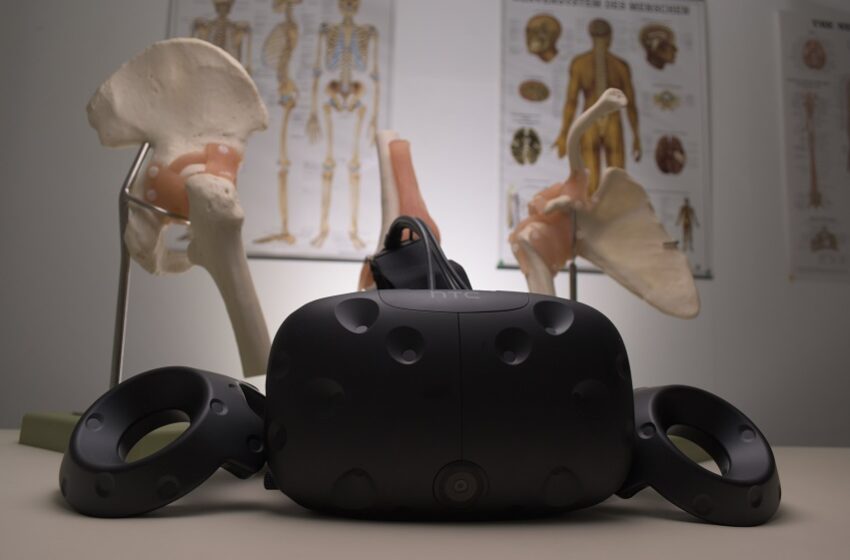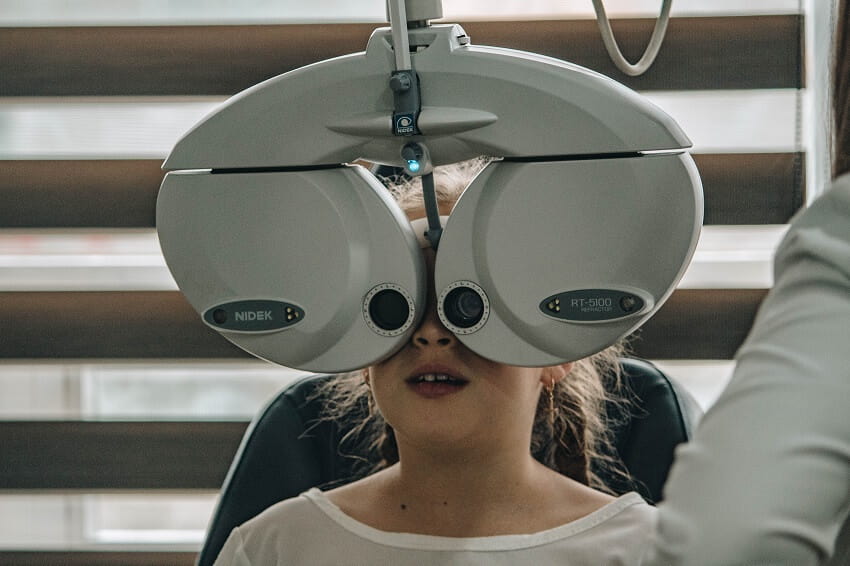Augmented Reality and Virtual Reality for Treatment of Diseases

Augmented Reality and Virtual Reality are applied in various fields ranging from online entertainment to medicine in different disciplines. In this last use, it participates in diagnosing and treating disorders and diseases in specialties such as psychiatry and surgery until future doctors’ training.
Practical uses and benefits of medical augmented reality and virtual reality
His functions in the field of medicine span different practices. The advances made are very varied. However, medicine and training are the most representative today. And it is because scientists use it to discover new solutions to health issues. This technology is using to collaborate with people in brain recovery and vision recovery processes.
Augmented reality and virtual reality surgery
Virtual techniques are adjusted to the area of surgery. 3D modelers and programmers are the assistants to represent human anatomy accurately. The objective is to prepare and practice the operation before executing it.
Alzheimer’s
So far, Alzheimer’s is a disease that does not have any method of cure. On this disorder, this technology has techniques that collaborate in the rehabilitation of cognitive skills. The method used is through the reproduction of past images.
This system’s objective is to enhance the concentration of the patient and improve their attitude since apathy or lack of concentration are problems that derive from this disease. All of this is carried out by reproducing events, experiences, or family meetings to stimulate the patient’s memory.
Reduction in phobias

Irrational fears or psychological disorders are phobias. These manifest themselves in certain people in specific situations or circumstances. For example, animals, height, blood, darkness, closed spaces, or public speaking.
With augmented reality and virtual reality, it is intended to expose the patient, progressively, to their fears in an artificial environment. For example, a patient with a phobia of spiders will put on the virtual reality headset and will meet the insect at a certain distance. At first, the animal will be far away and could even look like a marble fox cartoon; progressively, the animal will take shape and be closer to the patient. What is intended is to reduce anxiety thresholds progressively.
Fight obesity with augmented reality and virtual reality
The statistics reflect social reality, such as obesity. The techniques that medicine performs with augmented reality and virtual reality aim to obtain favorable results in the fight against obesity. The project has been developed in Tokyo and has been called “Augmented Satiety.” The technique used with virtuality consists of increasing a fraction of food when, in reality, the size is the original. This method manages to confuse the brain that believes that the size is larger than it is.
In childhood obesity, the biomedical researcher’s team has designed another formula to fight childhood obesity, enabling children’s physical activity more interestingly. The purpose is to reduce the perception of fatigue in children. The result is greater enjoyment of exercise and concentration, reducing fatigue.
Child autism
Common operations, such as having a conversation or crossing the street, represent difficulties in the case of autism. This technology experiments, first of all, in a virtual context to be applied later in a real environment.
The Savia project, created by scientists from the University of Valencia, has presented a game that improve communication between people, especially autistic children. The procedure starts by placing two children in different locations whose objective is to complete an objective: complete a goal for the interaction to occur. The search is to apply this method to solve the difficulties of personal interaction in a real environment.
Medical training with augmented reality and virtual reality
With the use of student and medical simulators, we can develop skills and technical talents, starting from a real situation with the advantage of the absence of risks.
These players represent the training to perform all kinds of medical tests such as surgery, endoscopies, etc. These virtual models allow patients to interact in previous situations of operations, preparing and adapting them to the real moment with visual and tactile equipment.
Augmented reality and virtual reality are contemporary medicine stands out for the precision it provides for solving real diseases. Provides new strategies to address needs in relation to health and social welfare.